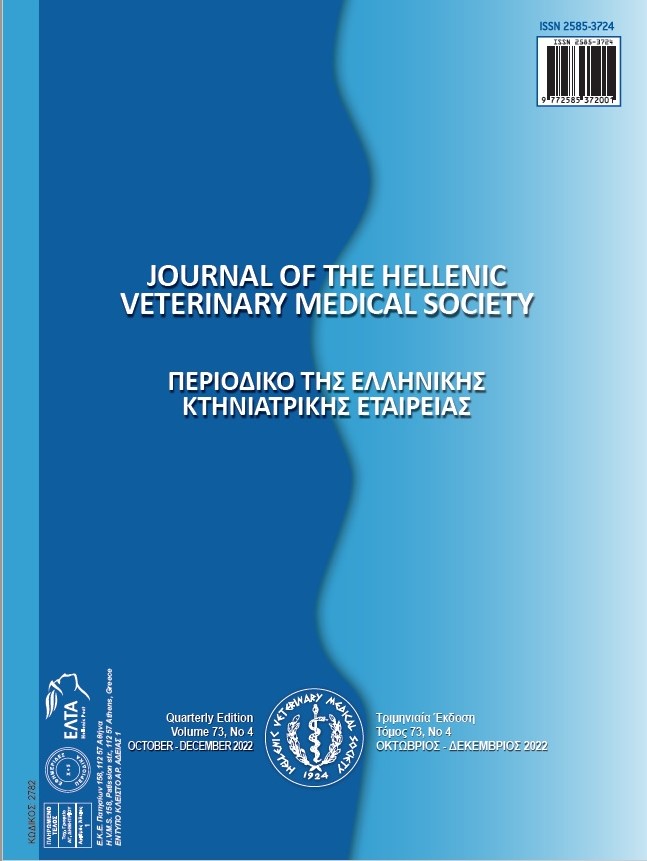NRF2 is a potential biomarker for the evaluation of weaning-related oxidative stress in goat kids
Resumen
Weaning stress is crucial threatening factor in animal breeding. The aim of this study was to investigate the effects of weaning to oxidative stress and stress status of goat kids at the molecular levels. In the study, blood samples were collected at the weaning process (7 days before weaning- Pre-W, Day of weaning- Day-W and 7 days after weaning- Post-W) from 24 healthy Damascus goats. Cortisol, MDA (Malondialdehyde), COX-2 (Cyclooxygenase-2), and NRF2 (Nuclear factor erythroid 2-related factor 2) proteins levels were investigated in plasma, while COX-2 and NRF2 genes expression levels were determined from leukocytes. Compared to Pre-W, COX-2 gene was upregulated almost 2-fold in Day-W. On the other hand, NRF2 gene expression levels were tended to upregulation in Day-W, and it was upregulated approximately 2-fold in Post-W. While MDA levels were gradually increased in the weaning process, the levels of COX-2 and NRF2 proteins showed similar changes with gene expression trends. Positive correlations were also found between cortisol and COX-2 and NRF-2 protein levels in plasma. It was thought that significant outputs gained in terms of MDA levels in plasma of kids at the weaning process. For the first time, determination of COX-2 and NRF2 levels both mRNA and protein levels in the weaning process of goat kids were satisfactorily evaluated in this study. Particularly, NRF2 was found to have the potential to be a fundamental biomarker to assess the oxidative status of weaning kids.
Article Details
- Cómo citar
-
Özkan, H., Kaya, U., Karaaslan, İ, Dalkiran, S., Çamdeviren , B., Yüksel, M., & Yakan, A. (2023). NRF2 is a potential biomarker for the evaluation of weaning-related oxidative stress in goat kids. Journal of the Hellenic Veterinary Medical Society, 73(4), 4925–4932. https://doi.org/10.12681/jhvms.28455
- Número
- Vol. 73 Núm. 4 (2022)
- Sección
- Research Articles

Esta obra está bajo una licencia internacional Creative Commons Atribución-NoComercial 4.0.
Authors who publish with this journal agree to the following terms:
· Authors retain copyright and grant the journal right of first publication with the work simultaneously licensed under a Creative Commons Attribution Non-Commercial License that allows others to share the work with an acknowledgement of the work's authorship and initial publication in this journal.
· Authors are able to enter into separate, additional contractual arrangements for the non-exclusive distribution of the journal's published version of the work (e.g. post it to an institutional repository or publish it in a book), with an acknowledgement of its initial publication in this journal.
· Authors are permitted and encouraged to post their work online (preferably in institutional repositories or on their website) prior to and during the submission process, as it can lead to productive exchanges, as well as earlier and greater citation of published work.




